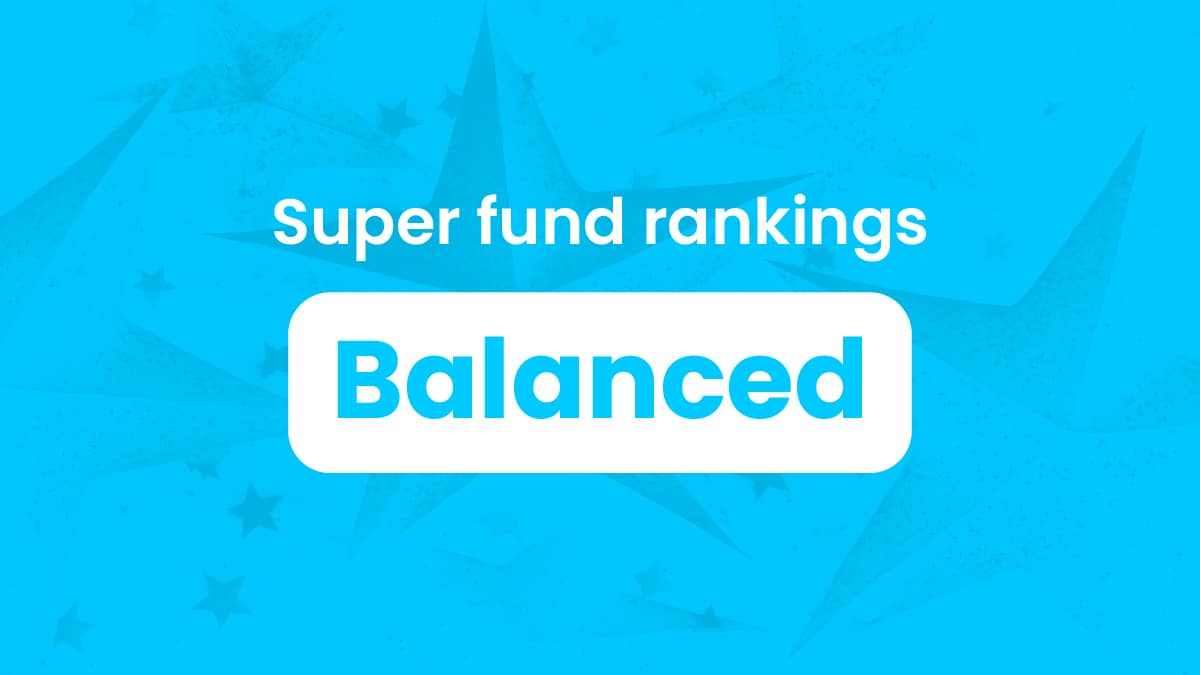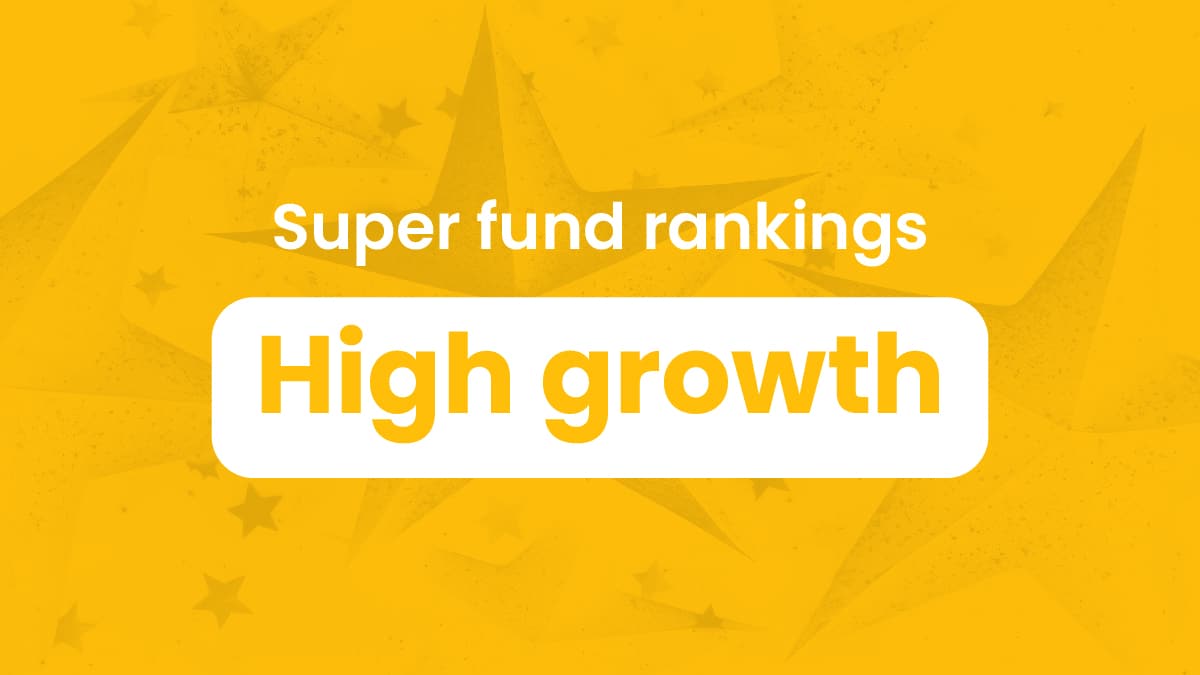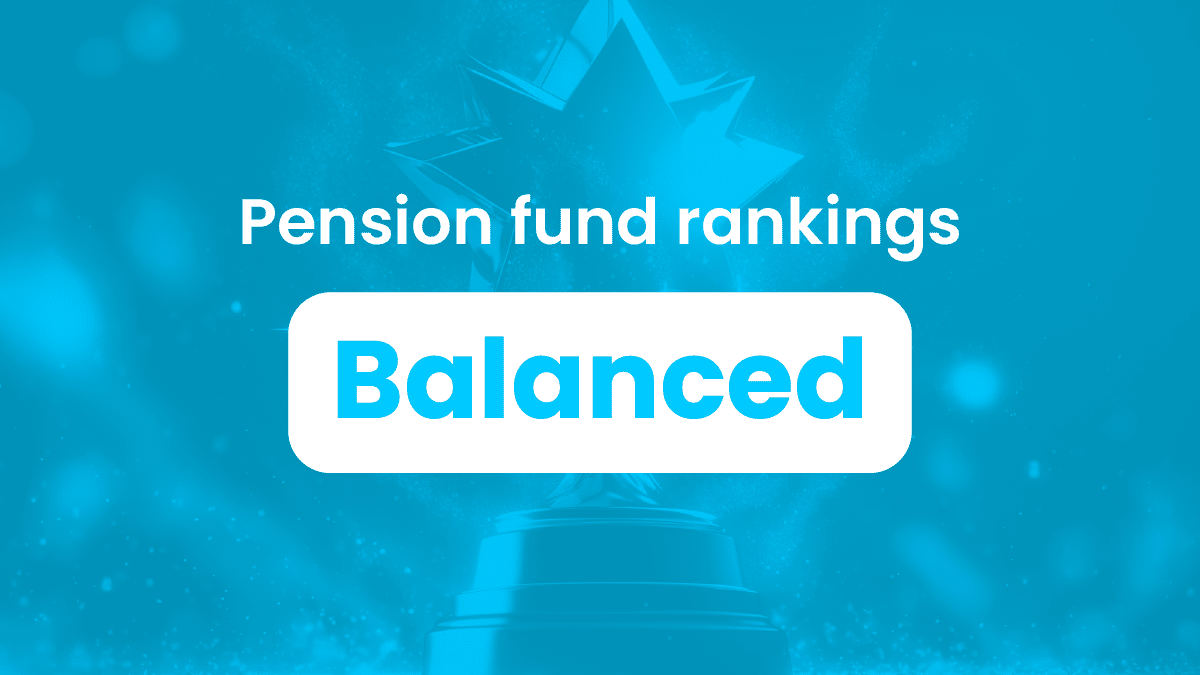In this guide
Have you ever looked at your super fund’s investment returns and thought “that looks pretty good” or “that’s disappointing’’, and wondered how your fund compares with similar funds? Is it a consistently high performer or an inveterate underachiever?
Thanks to super research company Chant West, we can now help you answer those questions. Chant West has allowed us to share with you their performance rankings for 165 super investment options and 147 pension investment options they have analysed. You can see the full list at the bottom of this page.
How does it work?
1. For over 50 different funds, their super and pension investment options have been categorised into the following risk categories:
| All Growth | (96-100% growth assets) |
| High Growth | (81-95% growth assets) |
| Growth | (61-80% growth assets) |
| Balanced | (41-60% growth assets) |
| Conservative | (21-40% growth assets) |
2. The performance for these investment options has then been ranked across eight different timeframes:
- 3 months
- Financial year to date
- 1 year
- 3 years
- 5 years
- 7 years
- 10 years
- 15 years
3. For each of these timeframes you can see which quartile a fund’s investment option ranked in:
| Quartile 1 | (top 25%) |
| Quartile 2 | (next 25%) |
| Quartile 3 | (following 25%) or |
| Quartile 4 | (bottom 25%) |
See below for an explanation on quartiles

Free eBook
Retirement planning for beginners
Our easy-to-follow guide walks you through the fundamentals, giving you the confidence to start your own retirement plans.
"*" indicates required fields
4. You can also check the median return for funds in the top and bottom quartiles, along with the return for the median fund’s in the category.
You can view a 2 minute overview of how it works below:
What is a quartile?
Quartiles divide a range of data points into four roughly equal groups which can then be ranked according to their performance.
For example there may be 40 investment options that are all categorised as Balanced. The performance of these investment options is then analysed over various periods from 3 months to 15 years.
For each time period the 40 investment options are then divided into four groups of 10. The 10 investment options that have the highest performance are ranked in Quartile 1. The 10 investment options that have the next highest performance are ranked in Quartile 2. The following 10 are ranked in Quartile 3 and the bottom 10 are in Quartile 4.
As an example, below is a fictional set of results for one category across 15 years. The results are ordered by return, and you can see that the first 5 funds are in Quartile 1 because they have the best results, then the next 5 performing funds and in Quartile 2, and so on.
| Fund / Investment option | Return | Quartile |
|---|---|---|
| Fund H | 5.2% | 1 |
| Fund B | 5.0% | 1 |
| Fund L | 4.8% | 1 |
| Fund D | 4.7% | 1 |
| Fund O | 4.5% | 1 |
| Fund F | 4.4% | 2 |
| Fund N | 4.4% | 2 |
| Fund Q | 4.3% | 2 |
| Fund E | 4.3% | 2 |
| Fund J | 4.3% | 2 |
| Fund A | 4.3% | 3 |
| Fund R | 4.2% | 3 |
| Fund M | 4.2% | 3 |
| Fund I | 4.1% | 3 |
| Fund S | 4.1% | 3 |
| Fund P | 4.0% | 4 |
| Fund K | 4.0% | 4 |
| Fund T | 3.9% | 4 |
| Fund C | 3.7% | 4 |
| Fund G | 3.7% | 4 |
Why use quartiles?
By using quartiles, it allows you to see how your fund is performing in relation to all the investment options in the same risk category, without focusing on an isolated percentage return figure out of context, which can be misleading.
For example, you may find that after several years of strong returns your fund suddenly reports a negative return. You panic and wonder if you should switch to a better-performing fund. Then you check your fund’s quartile ranking and find that despite reporting a negative return it ranked in the top quartile. This reassures you that all investment options are experiencing difficult market conditions and that your fund is responding better than most.
2026 SMSF calendar
Our free calendar includes due dates for important documents plus suggested dates for trustee meetings and other strategic issues for your SMSF.
"*" indicates required fields
Or your fund may have been reporting positive annual returns, but you begin to question if it is performing as well as it should. You check its quartile performance and see that it has been consistently ranked in quartiles 3 and 4, below the average for its category. In this case, it may be worth doing further research to find the cause. Is it asset selection, high fees or some other issue?
If you find that your fund is a consistently poor performer for its risk category, you might consider switching funds. But you should only consider doing this after researching and comparing a number of super funds, not just on performance but also on offerings such as fees, insurance, advice and other member services.
Who is Chant West?
Chant West is a research company that has been analysing super fund performance for more than 20 years. They are a publicly listed company that provides independent analysis to super funds, employers and individuals.
Super funds included in the quartile performance tables are those that participate in Chant West’s Multi-Manager (Performance) Survey which includes all major super funds. The tables include MySuper default options that are available as choice options as well as other choice options. They exclude lifestage investment options where members remain in the one investment option for the remainder of their membership (eg. the BT Super 1970s Lifestage Fund).
Think long-term
It’s important to remember that super is a marathon not a sprint, so consistent high performance over the long run is what matters. If your fund’s ranking slipped over the past three months or year but is in the top two quartiles over periods of five to 15 years, for example, then it may be worth keeping an eye on the situation and doing a bit of digging into the cause. However, it is never a good idea to switch funds based solely on short-term performance.
Super fund rankings
There are 141 super fund investment options ranked across the five risk categories:
Pension fund rankings
There are 129 pension fund investment options ranked across the five risk categories:
Super funds list
In the list below you can see which super fund investment options are included in the rankings. You can click in the right hand column to go to that category.
Super knowledge is a super power

"*" indicates required fields
Pension funds list
In the list below you can see which pension fund investment options are included in the rankings. You can click in the right hand column to go to that category.













Leave a Reply
You must be logged in to post a comment.